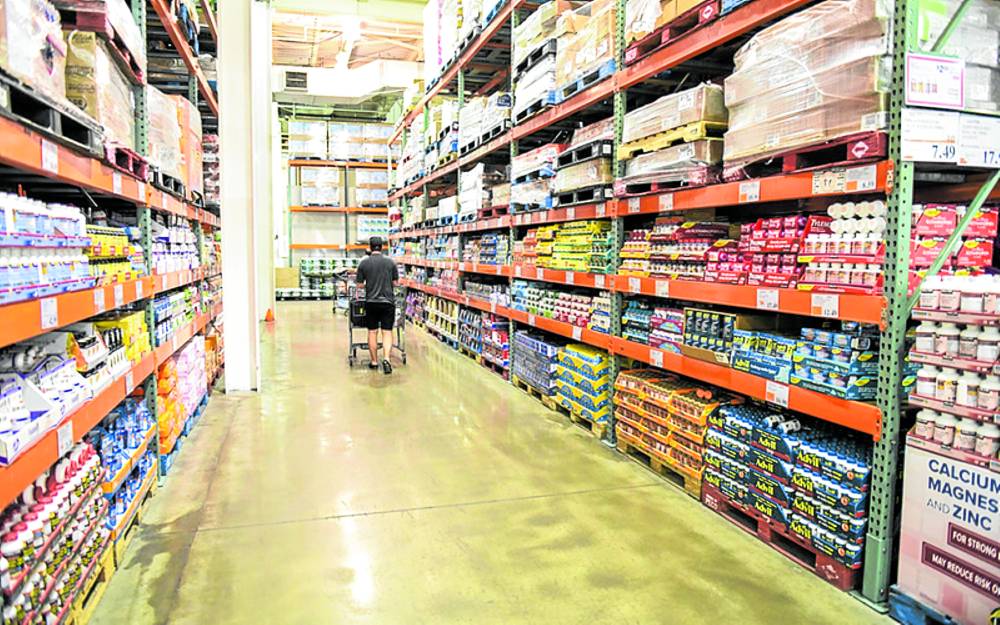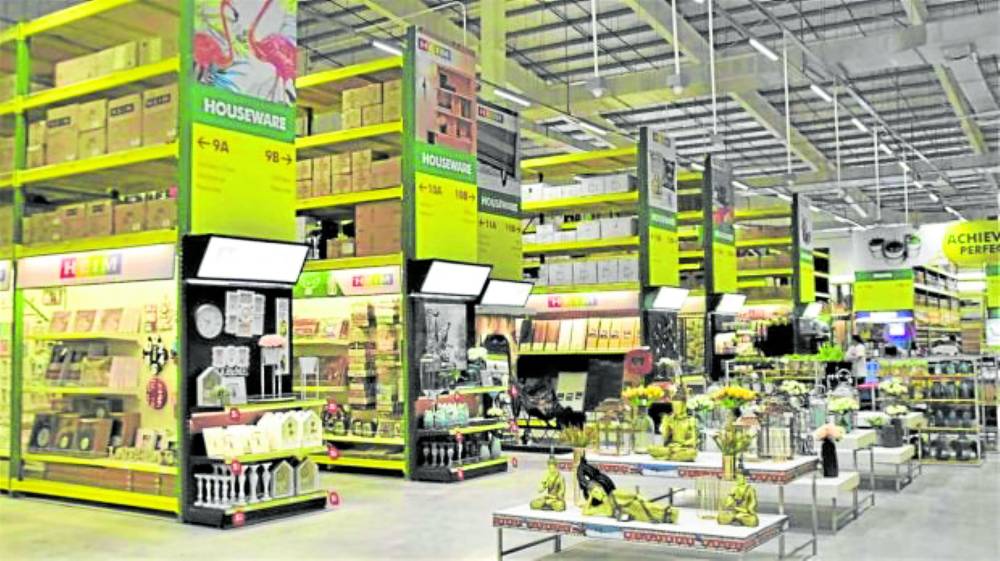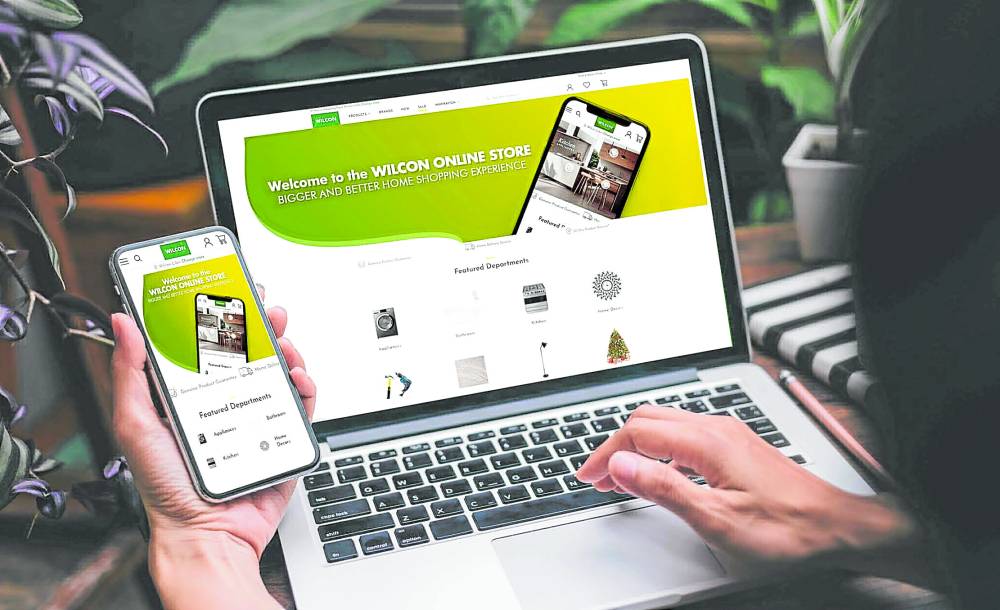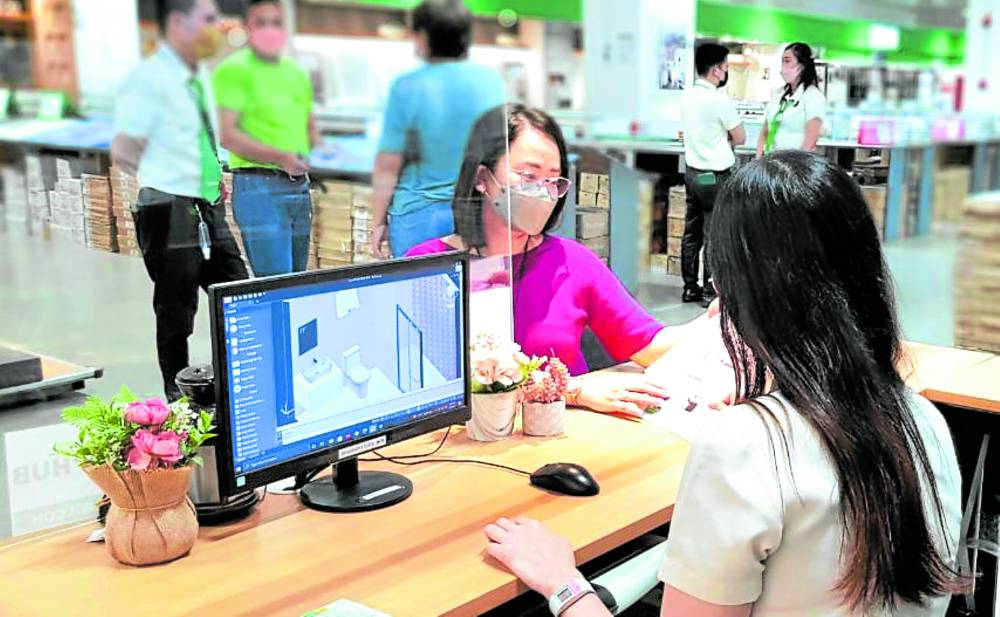A new era of warehouse retail shopping
The retail landscape in the Philippines has experienced a significant transformation over the years, with the emergence of warehouse retail shopping playing a crucial role.
As the nation’s economy expands, so does the consumer demand for diverse and convenient shopping options. However, traditional real estate development models need help to keep up with the evolving consumer behavior and market trends, underscoring the urgent need for innovation and adaptation.
The birth of warehouse retail shopping
The proliferation of home depots and large-scale retail stores marked the advent of warehouse retail shopping in the Philippines. These establishments offer various products under one roof, delivering an unmatched level of convenience and variety.
This convenience marked a departure from the traditional retail shopping model, wherein consumers would frequent multiple specialty stores for their shopping needs. Filipino consumers embraced this new retail model, leading to its widespread adoption nationwide.
The future of warehouse retail
On a global scale, warehouse retail shopping is undergoing a substantial transformation.
Emerging trends such as retail media networks, where retailers sell marketing space to vendors in physical stores and online, are creating new revenue streams and fostering deeper business relationships. Concurrently, social media sentiment monitoring is gaining momentum, offering retailers invaluable insights into customer sentiments, preferences, and behaviors.
The hybrid shopping revolution
The concept of hybrid shopping is revolutionizing the retail landscape. Retailers aim to provide a seamless shopping experience across all channels, necessitating data synchronization across all business functions. This approach ensures a consistent and personalized shopping experience.
Moreover, store design is evolving, with retailers experimenting with various formats and features to support new shopping initiatives. The trend towards sustainable consumerism is also gaining traction, with a growing preference for pre-owned items, recycling, and reusing.
Loyalty programs for customer retention
Loyalty programs have become a cornerstone of warehouse retail shopping centers, serving as a vital strategy for customer retention. These programs offer rewards and incentives for continued patronage, stimulating repeat purchases and enabling retailers to gather valuable customer data.
However, as consumer expectations evolve, they seek more personalized and flexible loyalty experiences, prompting retailers to innovate and differentiate their loyalty strategies.
Personalized services
Personalized services, such as tailored product recommendations and promotions, enhance customer loyalty and satisfaction. Most consumers are willing to share their data for a more personalized retail loyalty experience, provided they understand what data is collected and how it is used. Despite this, less than a quarter of retail programs assessed are personalizing their member experience based on previous interactions, purchase history, and preferences.
The future of retail real estate
As the retail landscape continues to evolve, retailers must adapt their loyalty programs and personalized services to meet consumers’ rising expectations, thereby ensuring a more satisfying shopping experience. The evolution of warehouse retail shopping presents a new era for real estate in the Philippines, emphasizing the need for continuous innovation and adaptation in the industry.
The author (at www.ianfulgar.com) is a leading architect with an impressive portfolio of local and international clients. His team elevates hotels and resorts, condominiums, museums, and commercial and mixed-use township development projects. His innovative, cutting-edge design and business solutions have garnered industry recognition, making him the go-to expert for clients seeking to transform their real estate ventures




